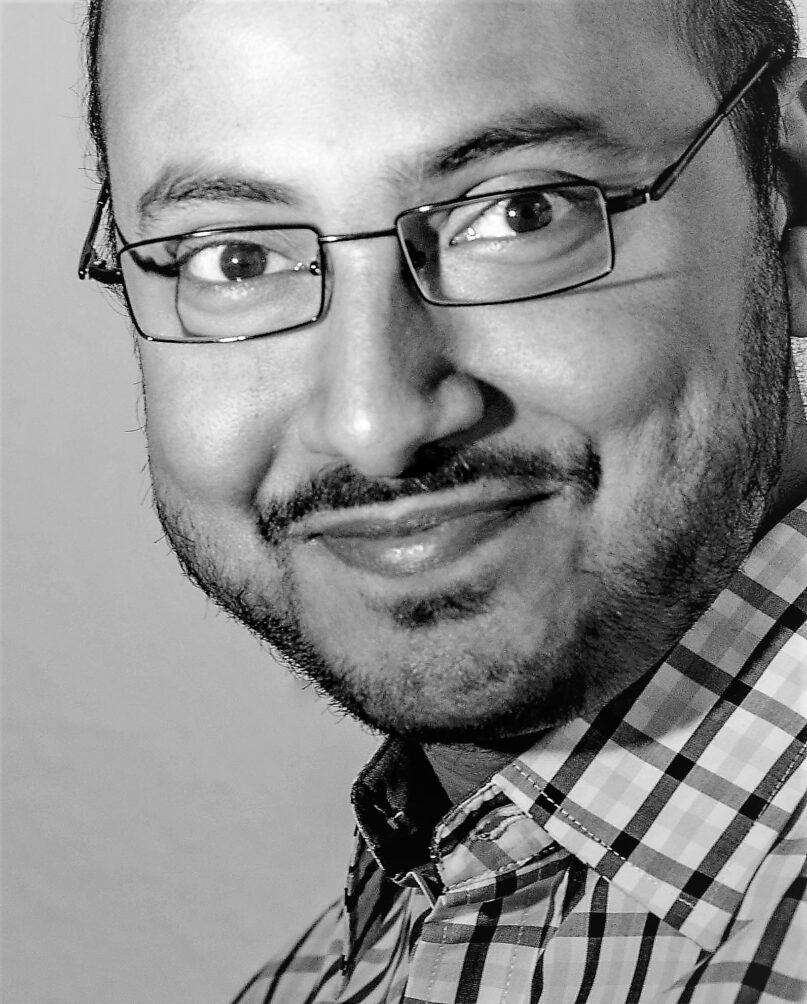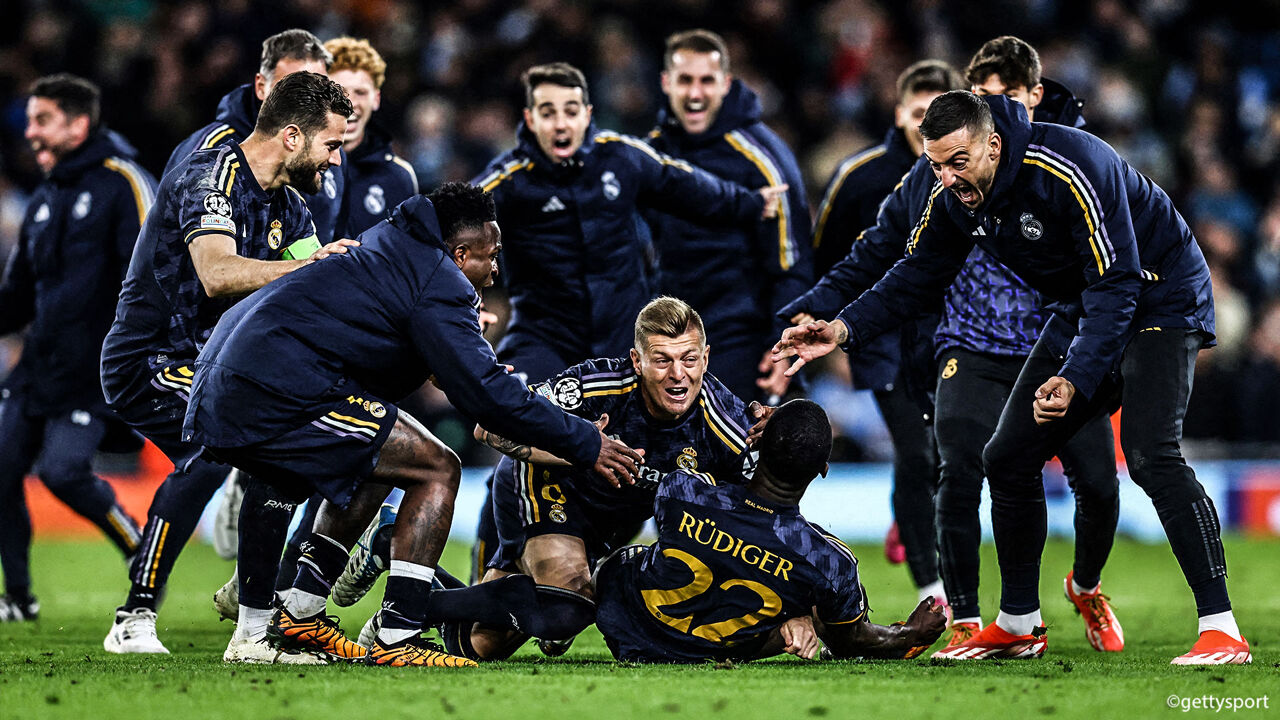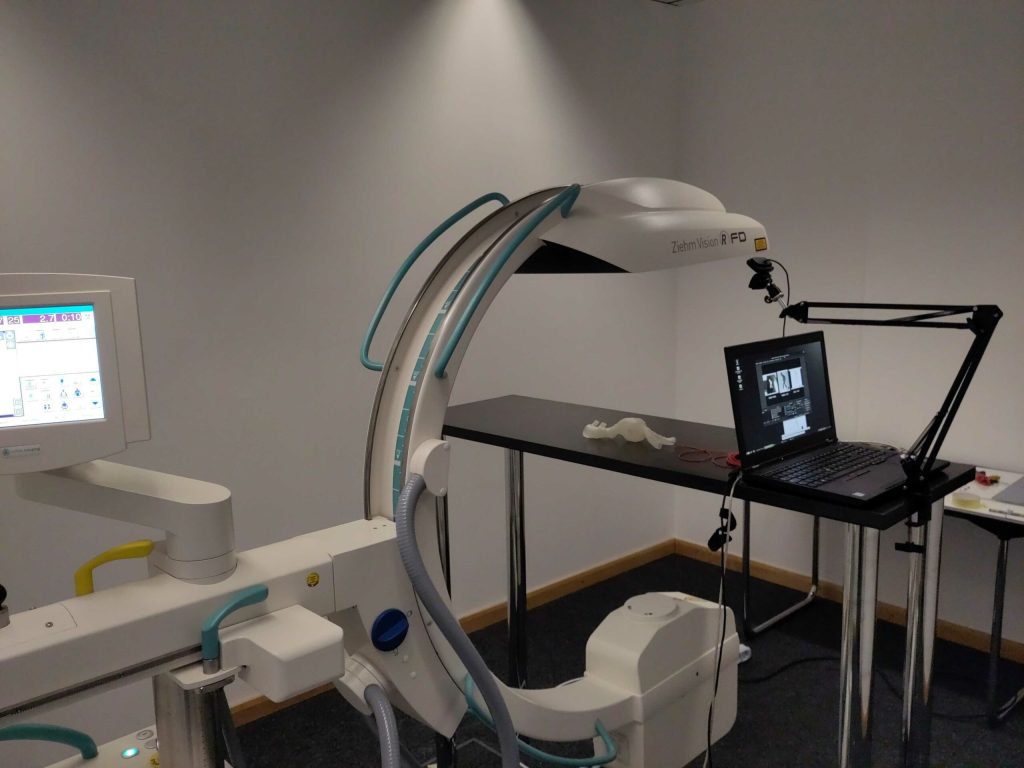Concerns are growing about the shortage of medical personnel around the world. Artificial Intelligence (AI), developed by a research group at TU Darmstadt, less qualified individuals can come to the rescue by helping them conduct checks and even operations in cooperation with a remote expert. “With a stable internet connection, our AI can help patients in rural areas around the world,” says Anirban Mukhopadhyay, a computer scientist at TU Darmstadt.
Research has recently shown that a shortage of healthcare workers is to be expected in the Netherlands alone It will increase to 135,000 by 2031. Deficiencies occur throughout health care, including the operating room.
But the staff shortage extends beyond the Netherlands. Mukhopadhyay says it is a global problem that mainly affects developing countries. He is originally an Indian computer scientist and currently heads a research group at TU Darmstadt focusing on artificial intelligence in medical applications. “I’ve lived in India for over 20 years and experience healthcare up close. I’ve seen people near me die because the staff couldn’t tell exactly when a patient in the ICU contracted COVID-19. Once you see it, you know there are serious problems Outside the major urban centers, the country suffers from a serious shortage of qualified personnel.”

Shapes replace pixels
Technologies such as surgical robots and artificial intelligence play a major role in solving the employment problem, Mukhopadhyay believes. These types of solutions are already used here and there. Maastricht Hospital, for example, works with the Da Vinci Robot, a surgical system that uses a minimally invasive surgical method. The surgeon operates with a console completely separate from the robot.
With the help of artificial intelligence that “understands” the procedures and a stable network connection, operations can finally be performed while the patient is at a distance. Mukhopadhyay research group is Well on your way To realize the dream of the future with the help of artificial intelligence that works differently from the common artificial intelligence currently used in medical care.
“Our AI works on the basis of shapes rather than pixels,” explains the researcher. “In the medical world, we usually have to be content with a very limited amount of data and no two processes are identical. An AI that looks at pixels needs to cover a lot of search space. But if we include knowledge of the shape of organs and tissues in our algorithms, you narrow that search space. With this The method doesn’t need a lot of data to get a good picture of the bones and structures in the body, and to see how the patient is doing.”
detect
The artificial intelligence developed in Darmstadt can be used for screening purposes, among other things, to support less qualified personnel in remote rural areas of developing countries. There may be a significant shortage of doctors in rural India, China and Africa, but mobile phone networks are available in increasingly remote areas. “We want to make good use of that,” says Mukhopadhyay.
Take a tuberculosis patient from India. Transporting a patient’s sputum to the nearest testing center, which is sometimes more than 500 km away, presents a significant logistical challenge. “In this case, it is much better to drive a truck through the villages and take X-ray images and send them through the mobile network. The AI can then perform a remote scan based on these images.”
Sub-millimeter work
AI is also useful in very delicate operations that require very precise work, such as neurosurgery or when hearing prosthetics are placed in the inner ear. “Before placing the prosthesis, the skull must first be opened to see the anatomical shape of the patient. This is necessary, because the “real” operation must be done with great care; there are several nerve pathways leading to the ear that should not be touched. Otherwise, the face can partially paralyze the patient.”
Surgical robots are precise and low invasive. But these robots must be navigated without a direct line of sight. We’re dealing with a chicken-and-egg problem here, because the navigation system needs training data, and the robot needs trained AI to navigate. Our solution is to use preoperative head computed tomography for AI training. This makes it possible to provide insights into nerve pathways, based on little data. In this way, we guarantee the patient a safe way to work with the least possible stress.”
And a long way to go
The research group still has a long way to go before the innovation can actually be applied to the medical world. “Patient Safety First” is our motto in Multi Research. We need to make sure that all systems work together securely. Translating research from surgical robots to the clinic takes time.” However, the researcher sees rapid progress for applications in screening and diagnosis.
More and more apps
Mukhopadhyay expects the medical world to use AI solutions in the coming years for a wide variety of purposes. “Whether it is about examining patients in Africa, helping surgeons with microsurgery, or in the (distant) future, even helping doctors when they need to write a patient report. Healthcare will undergo drastic changes in the coming years as a result of new technologies such as artificial intelligence. It’s a long battle to give everyone access to care. But it’s an issue worth fighting for.”

“Total coffee specialist. Hardcore reader. Incurable music scholar. Web guru. Freelance troublemaker. Problem solver. Travel trailblazer.”








More Stories
Sports billiards produce precise patterns: 'It's become a bit of an obsession'
1,800 new cases of whooping cough, including fifty cases in children
Crash testing in space has a Dutch touch – Dutch cowboys